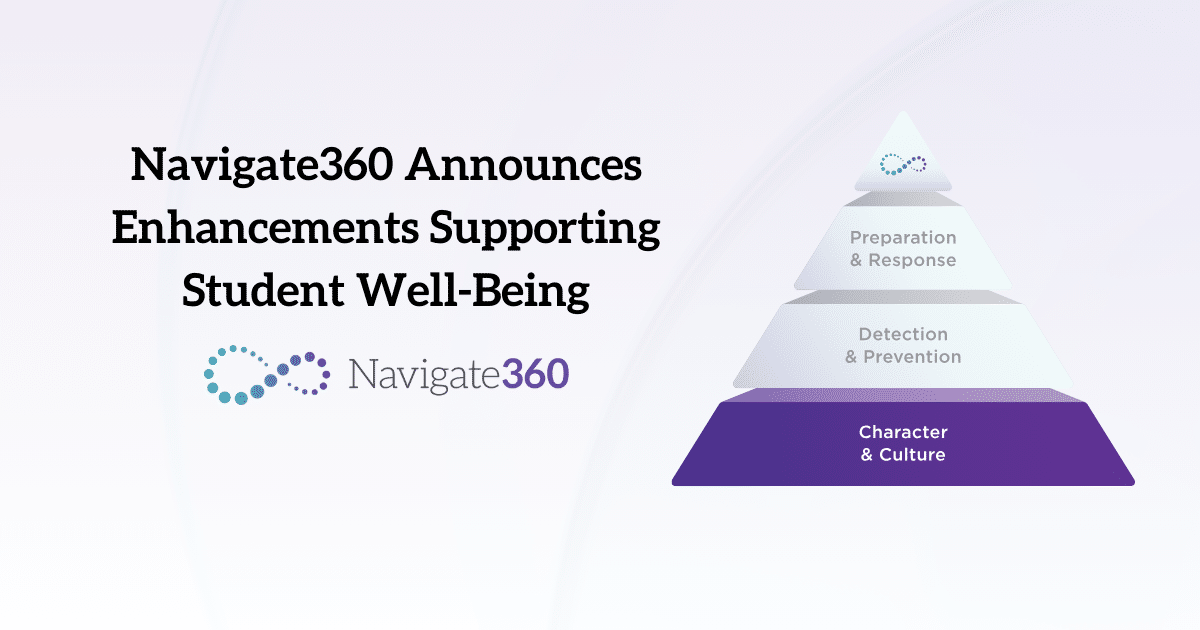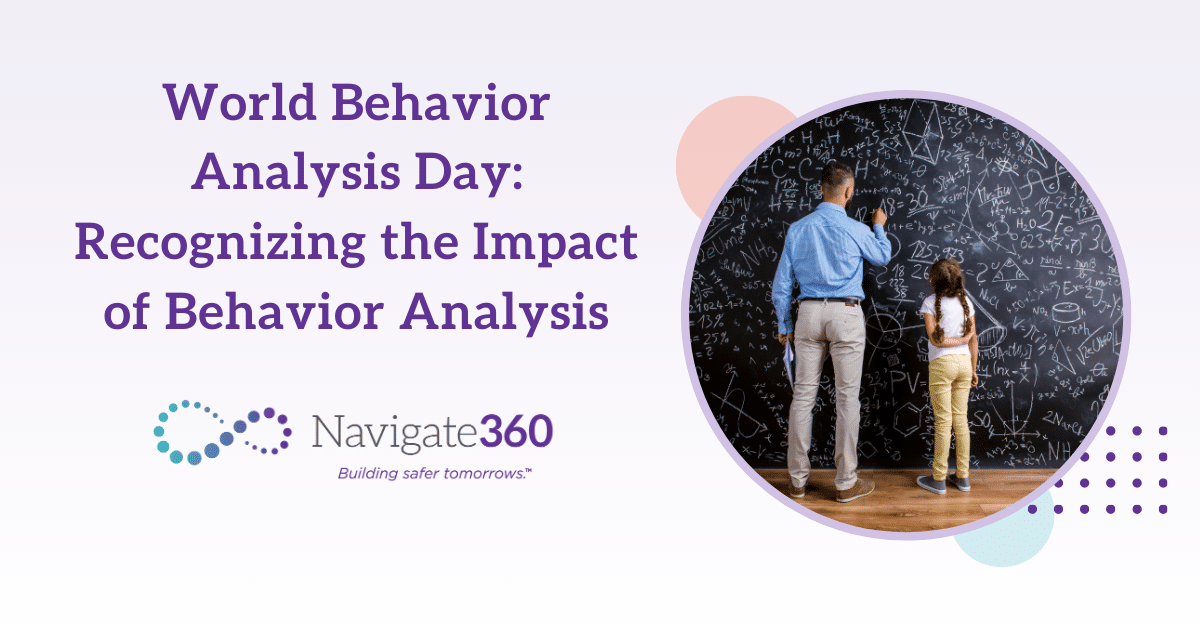It’s time to break through the stigma that comes with needing help to cope with mental and emotional challenges. Robust social-emotional learning (SEL) programs can teach students, staff and parents how to do this, as well as how to assist others who may need that same sort of help.
“Are you okay?” How many times have you heard that question? How do you usually respond? Most of us say we’re fine even when we’re not. Sometimes we say that because we don’t want to talk about how we really feel. Sometimes we say that because the people asking aren’t the ones we want to talk to. But sometimes we say that because we’re afraid.
We’re afraid of what others will think of us. We’re afraid of how we’ll feel. We’re afraid of how others will feel. We’re afraid.
When we let fear keep us from admitting that we’re not okay, even when people close to us ask us if we are, then we’re pushing help away and whether we want to admit it or not, we’re encouraging stigma.
“No, I am not okay.” It takes a lot of courage to say that. When we do, we open ourselves up to receive the help and support we need. But it also makes us face our fears.
Self-Harm Awareness
March was self-harm awareness month, and self-harm doesn’t discriminate. It affects men and women of all ages. It even affects the students we serve in schools throughout the country. The most commonly known form of self-harm is cutting, but there are many more to look out for, including scratching, burning, carving, hitting and head-banging. People who self-harm frequently try to hide the effects of their behaviors. They have an unusual number of scars, cuts, scratches, bruises and other wounds that they hide under long pants and long sleeves, even in warm weather.
Self-harm isn’t just physical. People who self-harm do so because of significant emotional and mental health issues. When they open up, people who self-harm often talk about feeling helpless, hopeless or worthless. And the numbers don’t lie. In a recent Navigate360 and Zogby Strategies Safety and Wellbeing Poll, the alarming effects of the pandemic underscore the need to address mental health issues, including those surrounding self-harm and suicide. An overwhelming number of students reported experiencing anxiety and depression, with 56% saying they personally know someone who has considered self-harm or suicide. Sadly, less than one-third of these students believe their school is prepared to handle this issue.
We invite you to learn more about lessons available in Navigate360’s Mental Health & Prevention, a program designed to teach students how to proactively care for their mental health and how to respond if their thoughts, feelings or actions keep them from doing what they need or want to do. Included in this program are lessons for middle and high school students about the prevention of suicide and self-harm.
Admitting When You’re Not Okay
One of the most important things we can do to prevent self-harm and even suicide is to talk. A key aspect of mental health care includes talking about what we feel, why we feel that way, and how those feelings affect our thoughts and actions. That’s why it’s so important that we teach students, parents and educators how to care for their mental health and why we should model healthy self-care skills. Navigate360’s Mental Health & Prevention and new adult wellness lessons in SEL for Staff support teachers, parents and other caregivers as they learn to care for their own mental health and how to support students.
Encouraging Stigma
No one wants to admit that they encourage stigma, but we all do sometimes. We encourage stigma when we hold it all in out of fear. We encourage stigma when we don’t want to get involved. We encourage stigma when we fail to learn about mental health and thus repeat stereotypes. Sometimes, we even encourage stigma when we offer advice. This is why we spent a considerable amount of time developing our SEL lessons for students in grades 6 – 12 to focus on reducing stigma. We’ve also included a lesson about supporting others that addresses the differences between helpful and unhelpful language. Students may know what they are saying is not right, but they may not fully understand how to say it differently. Our lessons help them connect the dots as they offer alternatives to make the adjustments necessary.
No, I’m Not Okay
When we experience intense stress or trauma like many people around the world have experienced throughout this last year, we’re not okay. This is the time when we need to offer support through patience, listening and learning about mental health care and how to respond when you or someone you know needs help.
Let’s teach our students how to care for their mental health, and let’s help others do the same. Schedule a consultation with us to learn more about Navigate360’s Mental Health & Prevention program, as well as Navigate360’s new suicide prevention program designed to help schools create systems of care and support to prevent suicide. This is our future generation, and we need to use the tools we have to help our students reach their full potential and thrive.




